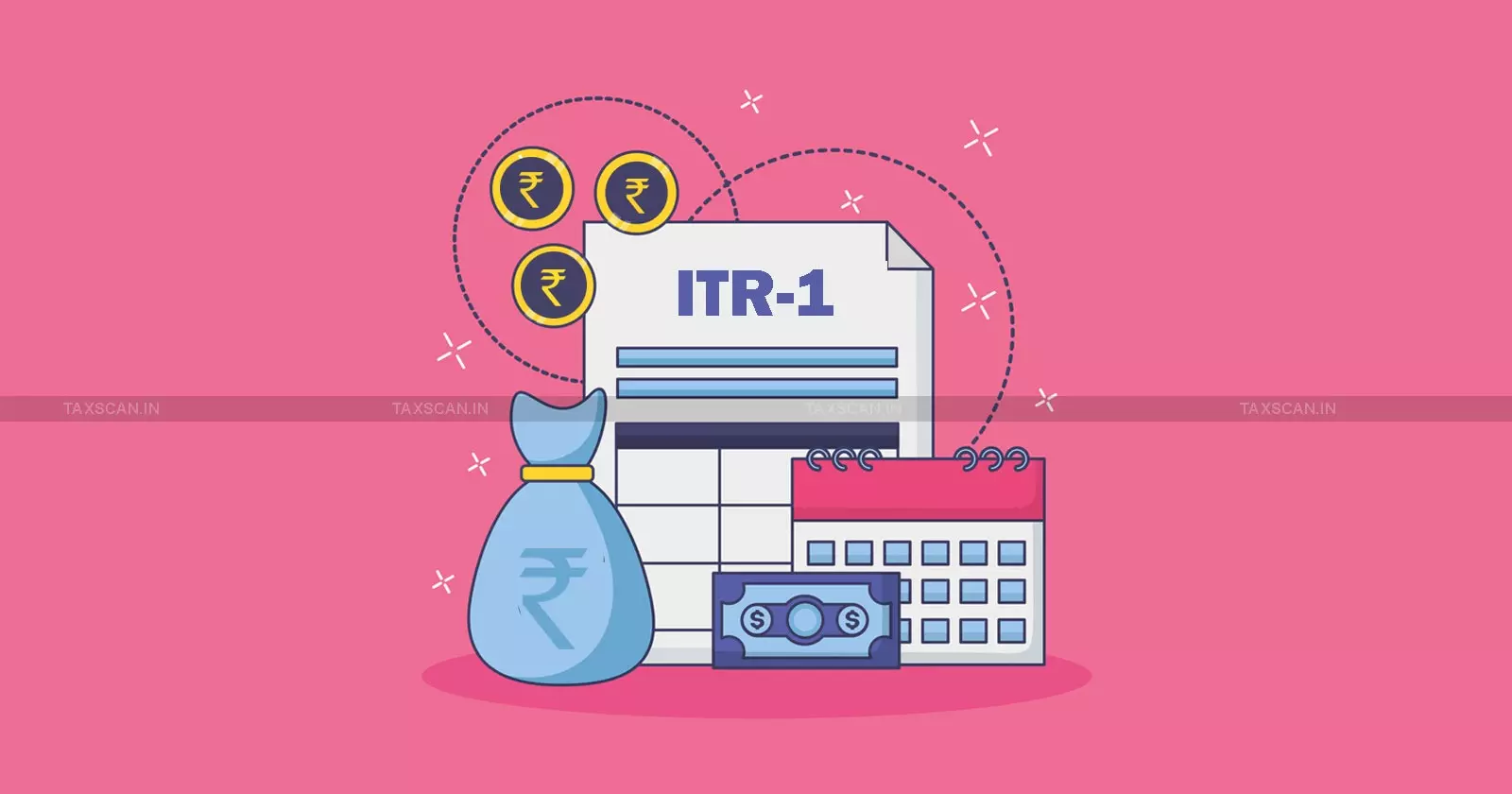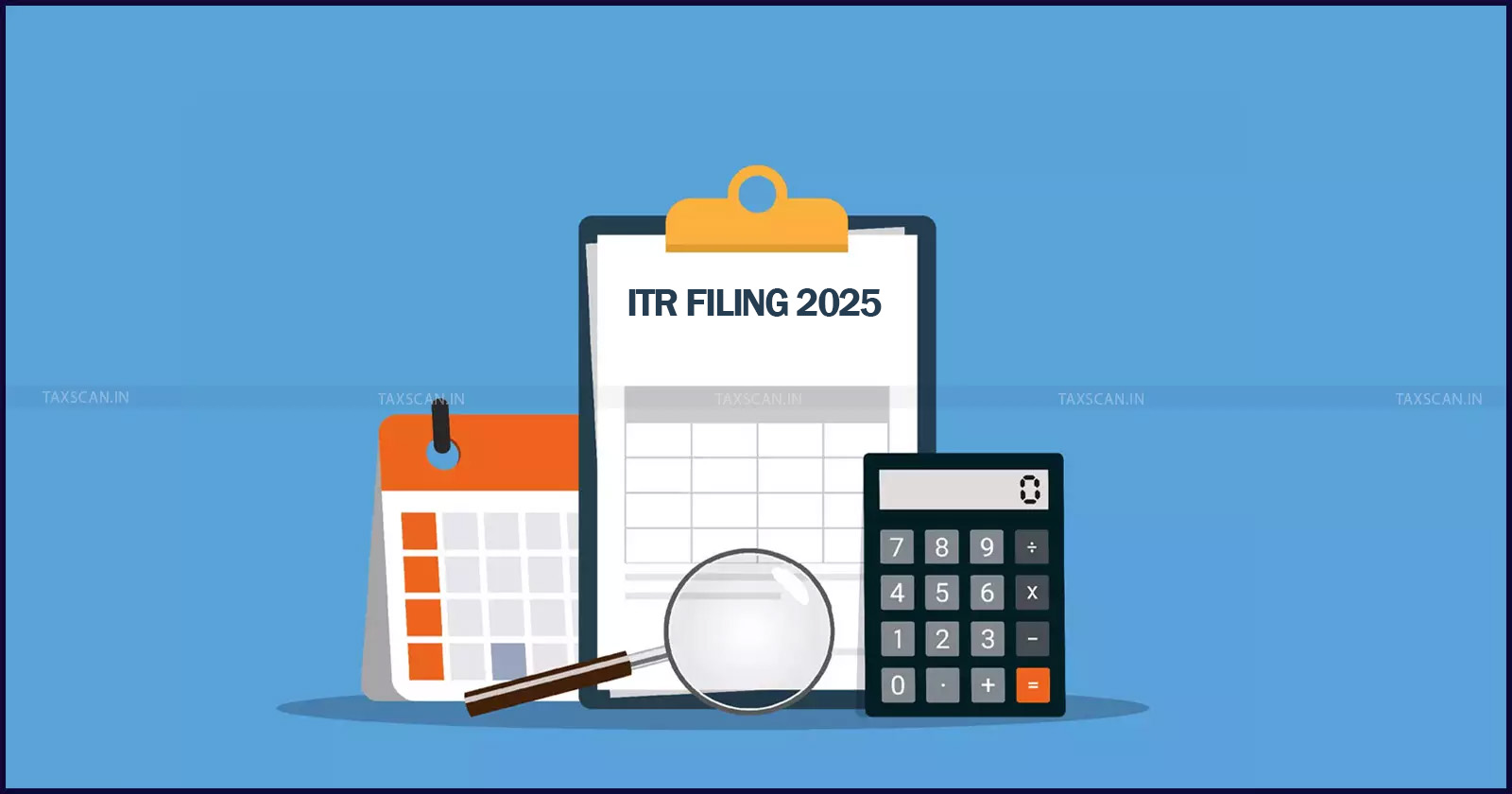How to Declare Income from House Property in ITR-1: ICAI Guide
If you have more than one house property (including deemed let-out), you cannot use ITR-1, use ITR-2 instead.

ITR-1 (Sahaj) allows you to report income from only one house property either self-occupied, let-out, or deemed let-out (with restrictions). If you own more than one property, you must file ITR-2.
The Institute of Chartered Accountants of India ( ICAI ), through its official checklist, provides a step-by-step guide to ensure taxpayers and professionals accurately compute Net Annual Value (NAV), apply the standard deduction, claim permissible interest on borrowed capital, and report arrears or unrealised rent.
1. Choose the Property Type
In Part B - Gross Total Income, under B2 House Property, select the applicable option:
- Self-Occupied – used by you or your family for residence; annual value is taken as Nil.
- Let-Out - rented out wholly or partly during the year.
- Deemed Let-Out - applicable if you own more than two self-occupied properties (but note: owning >1 house property makes ITR-1 inapplicable).
Comprehensive Guide of Law and Procedure for Filing of Income Tax Appeals, Click Here
2. Fill in the Required Fields
(i) Gross Rent Received / Receivable / Lettable Value
- For let-out: Enter the higher of actual rent received/receivable or expected rent.
- For self-occupied: Enter “Nil”.
- If vacant part of the year, use actual rent if lower due to vacancy.
(ii) Taxes Paid to Local Authorities
- Enter amounts like property tax, sewerage tax actually paid during the year (not just due).
- Deduction is available only for amounts paid by the owner.
- Taxes due but not paid are not allowed as deduction.
(iii) Annual Value
- This figure is auto calculated .
- Value derived after deducting municipal taxes paid from actual rent/expected rent, as the case may be, included in gross rent received / receivable / lettable value.
(iv) Standard Deduction (30% of Annual Value) - It is automatically computed.
(v) Interest on Borrowed Capital (Section 24(b)) - From AY 2025-26, Table 24(b) in ITR-1 must capture detailed loan information for claiming interest deduction under Section 24(b) for house property. The required fields are:
- Loan taken from - Select Bank or Other than bank.
- Name of lender - Bank/institution/person from whom loan is taken.
- Loan account number
- Date of sanction of loan
- Total loan amount sanctioned
- Outstanding loan amount as on the last day of the financial year.
- Interest amount claimed under Section 24(b).
 Also Read:ITR Filing 2025: ICAI releases Checklist for Preparation of ITR-1 and ITR-4 [Read Checklist]
Also Read:ITR Filing 2025: ICAI releases Checklist for Preparation of ITR-1 and ITR-4 [Read Checklist]
Understanding Common Mode of Tax Evasion with Practical Scenarios, Click Here
Interest claim rules:
- Let-out property - Full interest payable (including eligible pre-construction interest in 5 equal instalments) is deductible.
- Self-occupied property (old regime) - Interest payable or ₹2,00,000, whichever is lower.
- Self-occupied property repair/renewal (loan after 1.4.1999) - Max ₹30,000.
- Self-occupied property (new regime) - No deduction allowed.
(vii) Income chargeable under the head 'House Property' (iii -iv -v) + vi (If loss, put the figure in negative)
Income from House Property is auto-computed as: The form automatically calculates the income from house property. It is calculated by subtracting the interest due on borrowed capital and the standard deduction of 30% of the Net yearly Value (NAV) from the yearly value. Any anticipated rent recovered throughout the year is then added.
Note: Maximum loss from House Property that can be set-off is Rs.2,00,000. To avail the benefit of carry forward and set of loss, please use ITR -2
(i) If the person is paying taxes under the default tax regime, the loss from rental property cannot be deducted from income under any other heading. Furthermore, such a loss cannot be carried over.
(ii) There cannot be any loss from house property in the case of self-occupied property since deductions under Section 24 regarding interest are prohibited.
Key Points to be Noted
- If you have more than one house property (including deemed let-out), you cannot use ITR-1, use ITR-2 instead.
- For interest deduction, maintain supporting documents like loan sanction letter and interest certificate.
- In case of co-ownership, only your share of income/deduction should be reported.
Support our journalism by subscribing to Taxscanpremium. Follow us on Telegram for quick updates


